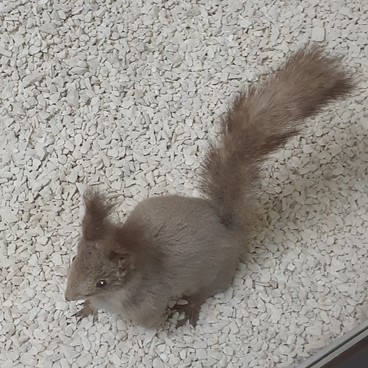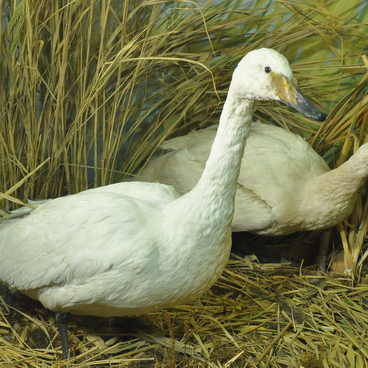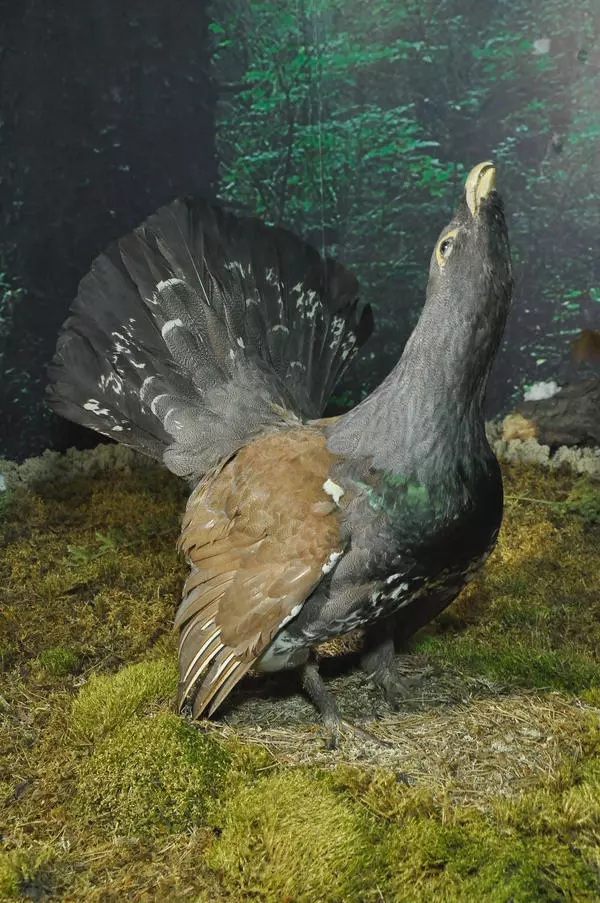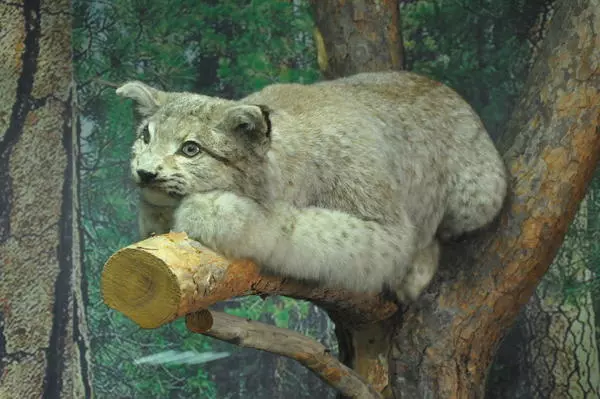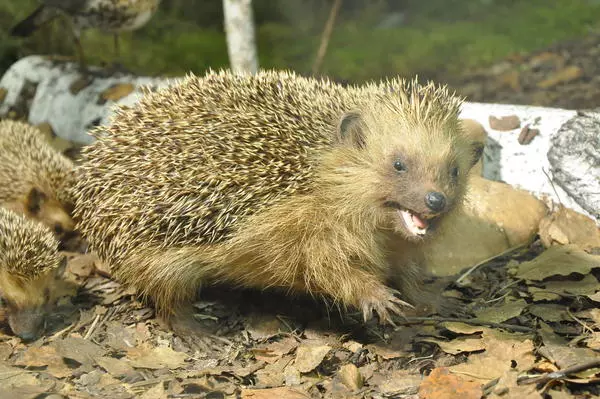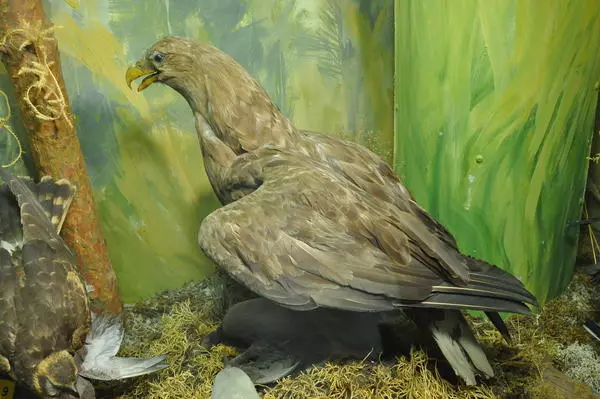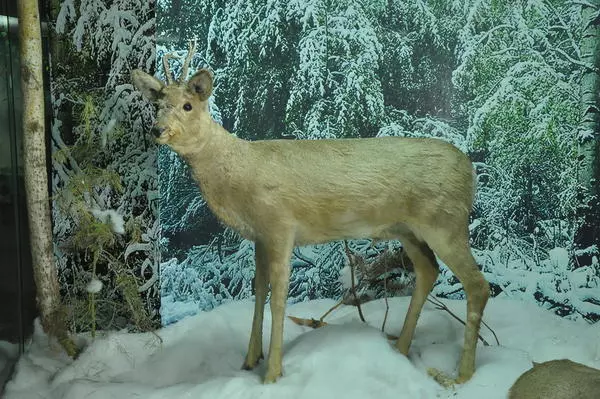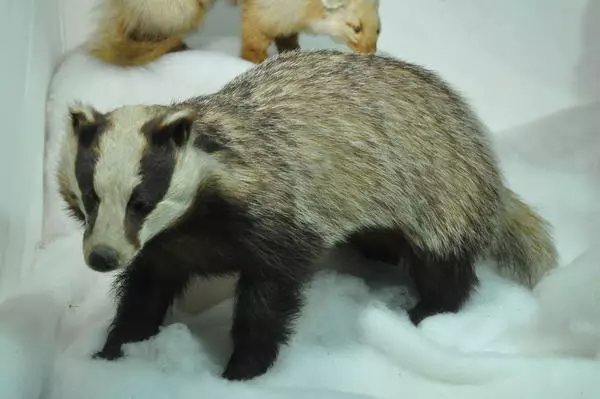The pine marten is a predator from the Mustelidae family. Its Latin name is Martes martes. The animal’s coloring ranges from brownish-fawn to dark-brown, its paws are dark, and there is almost always a big, sharply outlined yellow spot on its throat. The marten’s footprint is similar to that of the front feet of a blue hare. Its feet get covered with wool when the winter colds come - it helps the animal to move easily on heaps of snow and ice.
The pine marten is a predator from the Mustelidae family. Its Latin name is Martes martes. The animal’s coloring ranges from brownish-fawn to dark-brown, its paws are dark, and there is almost always a big, sharply outlined yellow spot on its throat. The marten’s footprint is similar to that of the front feet of a blue hare. Its feet get covered with wool when the winter colds come - it helps the animal to move easily on heaps of snow and ice.
Forest martens most often live in dense, high forests. They prefer to live and hunt on trees. They eat hares, birds, insects, and plant foods such as berries and nuts. Martens go hunting at night.
A marten chasing a squirrel makes a particularly spectacular sight, when animals rapidly fly from tree to tree in light jumps which may be up to seven meters long. More often than not, however, the marten prefers not to get involved in the chase, but to grab a squirrel right in the nest. Among other birds, it especially often catches hazel grouse. It often hides the remains of its prey on trees and in tree hollows.
In urban parks, martens ‘patrol’ pond banks in search of water rats and muskrats. Some animals also look for nests of wild bees - hunters often call them ‘honey’ martens. The animals arrange their own lairs in tree hollows, and sometimes in old nests of magpies or squirrels.
One of the peculiarities of the marten is its large fluffy tail, which is almost half the size of the animal’s body. Not only does it serve as a decoration, but it also helps the animal maintain its balance in jumping and climbing trees which it does very easily. The tail helps it to do this, as it serves as a steering wheel, and sometimes even a parachute, enabling the animal to jump down without any unpleasant consequences.
In ancient Russia, the skin of the forest marten served as a monetary unit - and that’s the way it was called: one kun (from Russian – kunitsa). In olden times, there were hunters who could, for many kilometers, chase martens jumping from one tree crown to another – the men just followed the trail of snow that fell from the branches. Now the forest marten is most often trapped. It remains an important commercial species, especially in the north of European Russia and in the Trans-Urals region.
